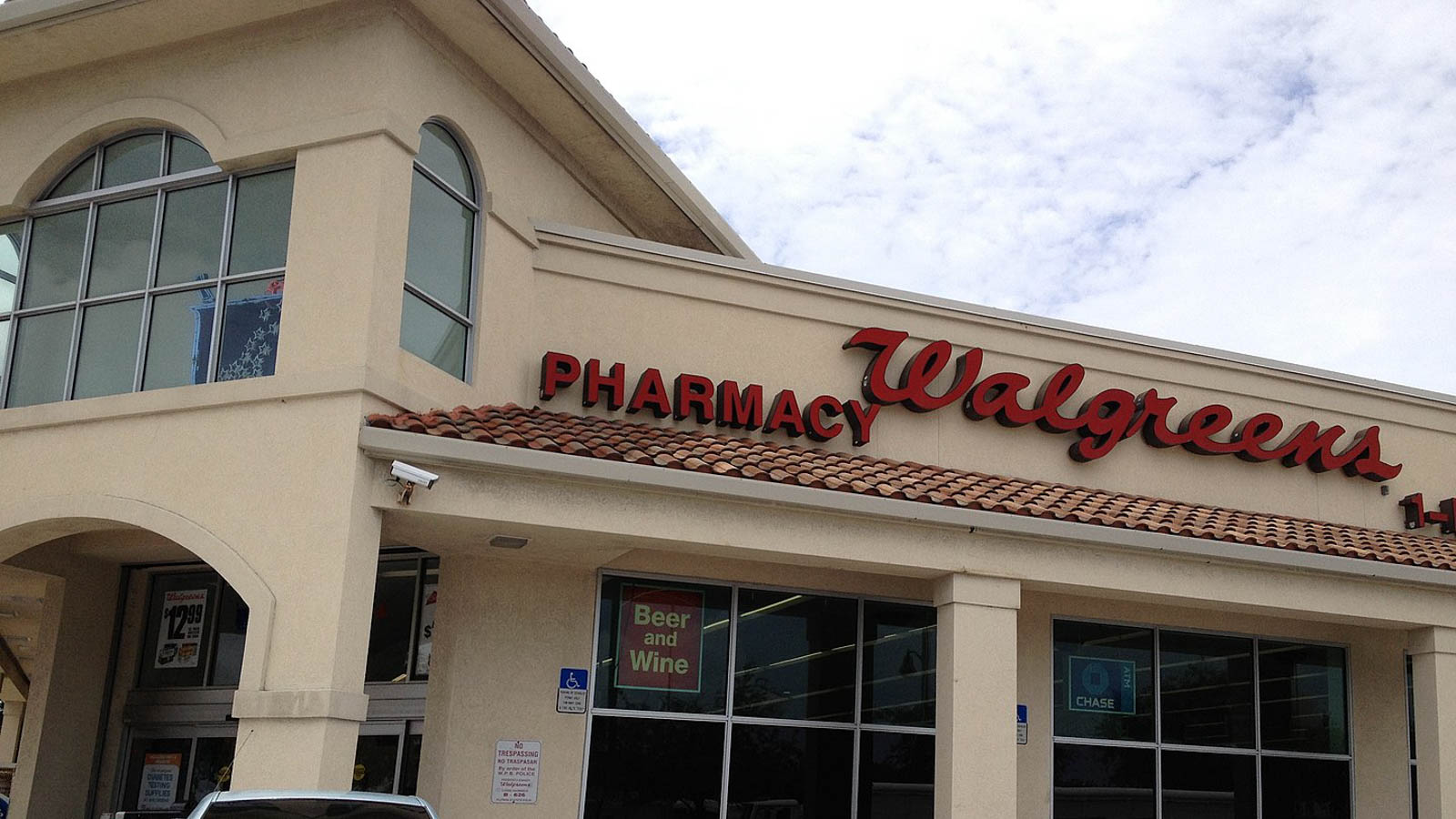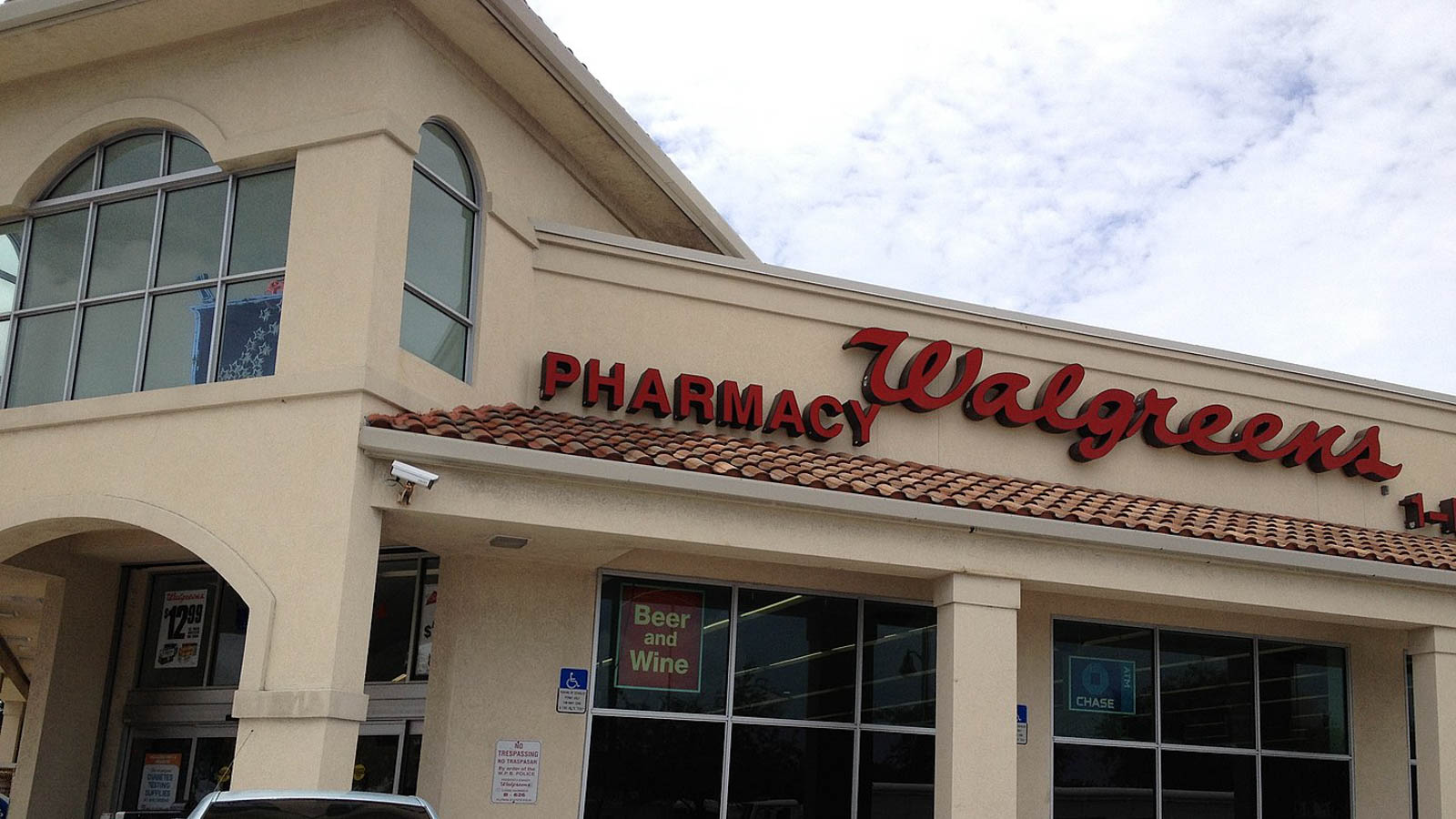
As medical and recreational legalization of cannabis continues to make weed more mainstream, more consumers are shifting their views on the plant, and retailers are taking notice.
Cannabis — and, in particular, cannabidiol (CBD) — is poised to become one of the most popular and financially successful sectors of consumer processed goods. Most experts project its potential well into the billions of dollars.
As CBD continues to rise in popularity, more over-the-counter (OTC) retailers are getting on board — and shifting their strategies to accommodate this new market. “A lot of the products that are widely available in OTC stores have been available for 10 to 15 years, so [CBD] brings new solutions to the space and…new interest, which has been well received by the retailers,” said Dustin Sullivan, chief operating officer of CBD Unlimited and a veteran retail business development professional.
But how, exactly, are cannabis and CBD changing the consumer processed goods industry? How do consumers feel about the emerging CBD market? And how can brands and over-the-counter retailers tap into this new market?
Consumer Perception in Over-The-Counter Retailers
It’s only been very recently that CBD products, such as topicals and tinctures, have been sold at over-the-counter retailers. But according to a May 2019 survey from Nielsen, it’s a welcome change — and consumers are embracing the shift towards hemp-derived CBD products, particularly when it comes to using CBD for medicinal purposes.
As CBD becomes more widely available at over-the-counter retailers and legalization becomes more likely, consumers are considering cannabis as an alternative treatment for health issues, including chronic pain. According to the Nielsen survey, 40% of all headache and migraine sufferers, 40% of all arthritic pain sufferers, and 41% of all back and neck pain sufferers are interested in consuming cannabis as an alternative pain treatment. The survey notes that while there are a few exceptions, the majority of those surveyed with chronic pain are currently using OTC or prescription treatments.
Changing consumer perception are helping fuel increased interest in cannabis and CBD. Of the people surveyed who are currently treating their ailments with OTC or prescription medicines and who said they’d be interested in trying cannabis alternatives, 67% said they’d rather use cannabis because they believe it’s more healthful, 69% said they consider it more natural, and just less than 50% said they would consider using cannabis as an alternative to their OTC or prescription regimen because they perceive it to be more cost-effective.
The bottom line? Consumer demand for over-the-counter CBD and cannabis products is there — and retailers will need to legally embrace the trend in order to keep up with that demand.
Unique Challenges Facing CBD Industry as it Moves into Over-The-Counter
Currently, the only products that are approved across the U.S. for sale over the counter are hemp-derived CBD products containing less than 0.3% THC. But even though it is legal, that doesn’t mean the industry is without its challenges.
“I think one of the biggest challenges that brands are facing right now is not knowing how to label their products,” said Katie DeVoe, co-founder of white-label CBD manufacturer CBDNationwide.
Because CBD is new to the over-the-counter market, regulations can shift without notice — which can cause issues with packaging on the brand side. For example, “[certain states] will no longer allow for the word ‘CBD’ to be on any package, and only can have ‘hemp,’ ” DeVoe said, “where other states … want CBD to be the big callout, so that leaves a lot of confusion.”
CBD brands also have to be careful about the claims they make on their packaging. The Food and Drug Administration (FDA) has been cracking down on CBD products that make unsubstantiated medical claims — which is why more companies are making a shift toward focusing on ingredients.
“I think rather than making those specific call-outs that are a claim like ‘pain fighting’ or ‘anxiety reliever’ or ‘antidepressant,’ it’s more now looking at the call-out of the actual ingredients that are being used in the product,” Sullivan said.
The biggest challenge is the educational element, Sullivan added. Because CBD products don’t have the kind of familiarity as more traditional over-the-counter products, merchandising that places an emphasis on education is a must.
“[Retailers] may place [the CBD products] in several areas within the store, but each location is going to have to be really clear with how they present the educational material around the product,” Sullivan said.
CBD’s Future in Over-The-Counter Retailers
Challenges aside, it appears as though CBD products for sale over the counter are here to stay. As CBD continues to rise in popularity and legalization spreads, the number of hemp and cannabis products on OTC retail shelves is likely to increase.
“A lot more folks are coming on board, but the people who are going to win long term are the ones who are quickly becoming experts and informing customers,” Sullivan said.
It’s going to become even more important for retailers to educate themselves — and their customers — on how to make informed decisions about CBD products, considering the cost and what’s inside each milligram.
Feature Image: As a new wellness treatment, CBD is poised to become a multi-billion-dollar industry, especially now that it is being sold at major pharmacy chains such as CVS and Walgreens. (Photo courtesy of Otisfrog on WikiMedia Commons)











